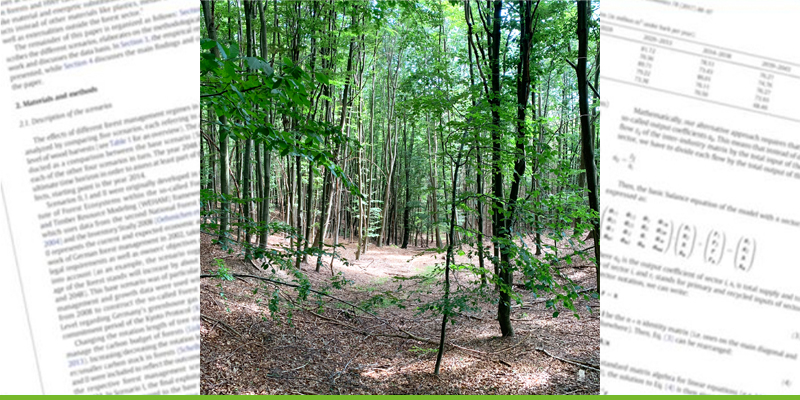To address this question, we conducted a systematic literature search to select peer-reviewed articles dealing with statistical estimates of socioeconomic variables and forest area dynamics. All studies used the Environmental Kuznets Curve (EKCd) or the Forest Transition Hypothesis (FTH) as concepts of forest area development. A total of 46 articles and 141 studies were identified and systematically evaluated in terms of geographic and temporal coverage, variable selection, curve shape and estimation methods.
Our results show that the evidence base for EKCd articles is larger, the majority of the selected articles cover developing countries, and statistical analysis of EKCd and FTH does not provide a unified picture but a variety of specifications and interpretations.
Further result of the study shows need for research, e.g., in selection of spatial and temporal clusters and whether the two concepts complement each other and provide transferable insides or whether they are too different.
The use of systematic approaches is not yet widespread in environmental and socioeconomic research, but ensure a comprehensible study selection and minimize selection bias.
- Tandetzki J, Schier F, Köthke M, Weimar H (2022) An evidence and gap map of the environmental Kuznets curve and the forest transition hypothesis for estimating forest area development. Environ Res Lett 17(12):123005, DOI:10.1088/1748-9326/aca781
- Project:
Modelling of the global roundwood supply









